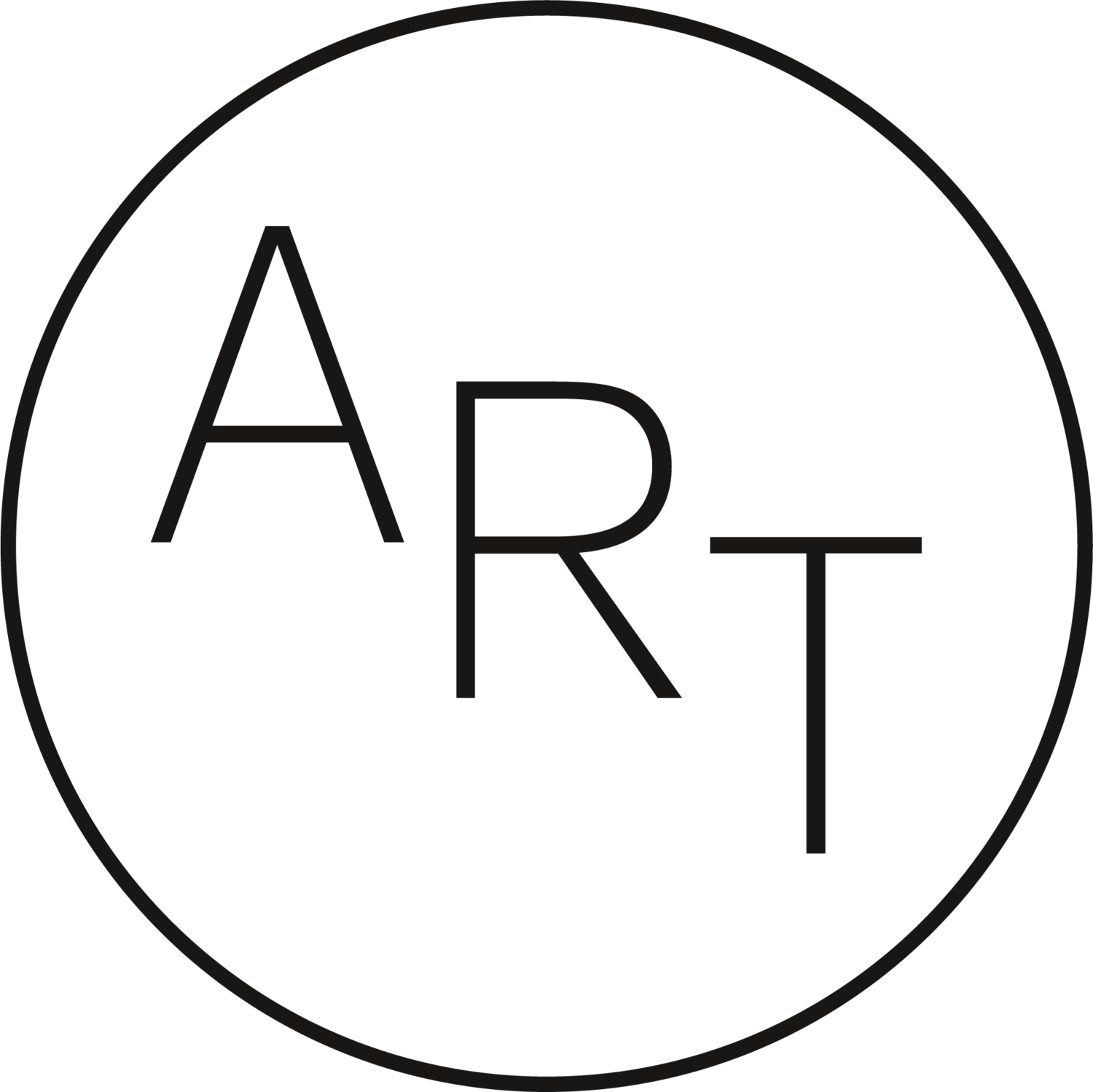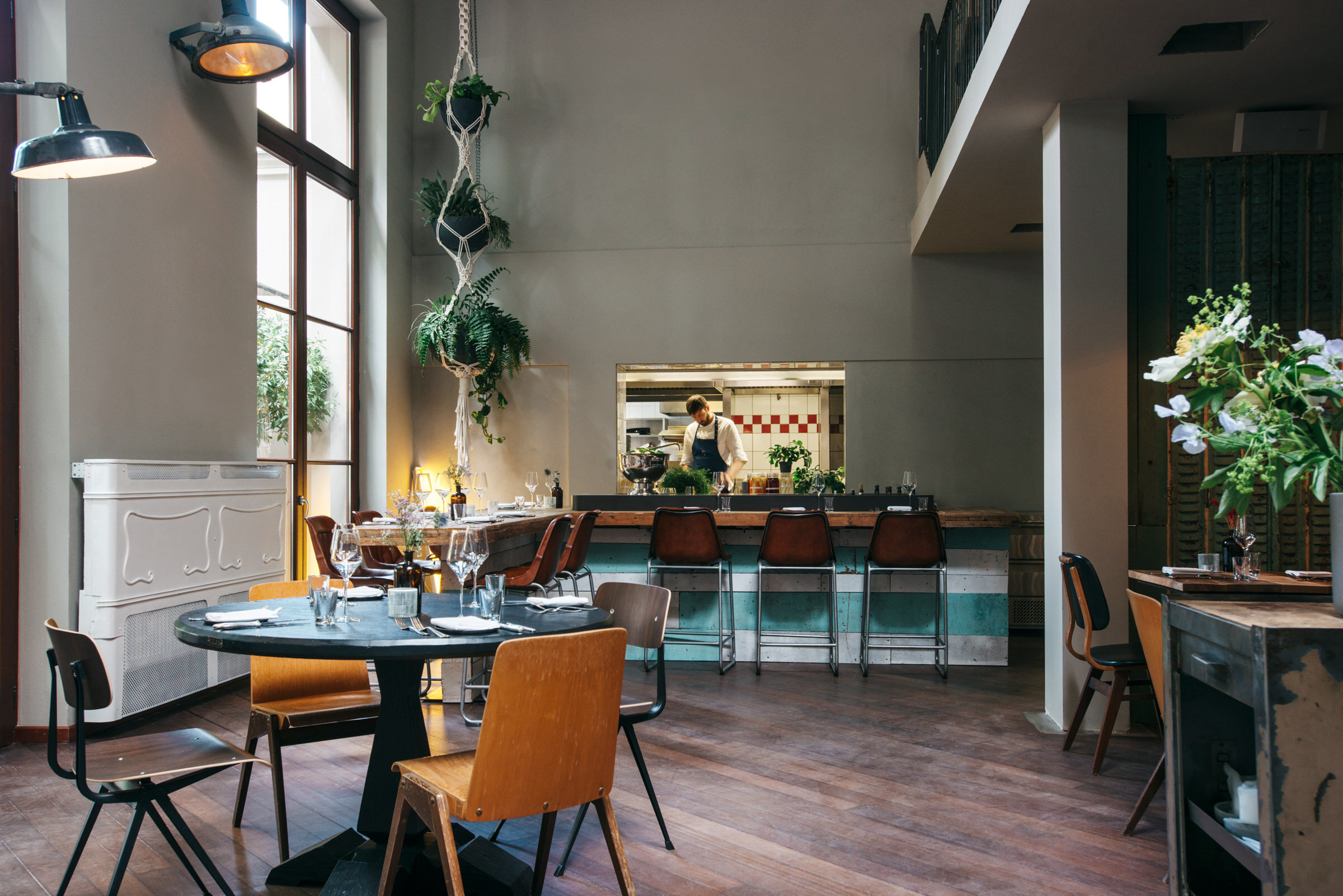Drawing inspiration from Baroque palaces and churches, Ciels Bleus replicates the characteristic frescoes’ blue-sky cloudscapes, hand-painted on Marie Daâge’s signature hand-crafted Limoges porcelain.
August 4, 2020 (New York, United States) – Created in collaboration with esteemed French table design brand Marie Daâge, Ciels Bleus is New York-based designer Jonathan Hansen’s latest signature porcelain collection. Made in Limoges, France, and inspired by the ceilings of Renaissance and Baroque edifices throughout Europe, the blue-sky cloudscape dinnerware set is hand-crafted in porcelain with hand-painted brushwork by Marie Daâge’s internationally renowned local artisans. The collection, which features a selection of 14 adorned tableware and decorative pieces, is available exclusively on leading design and fashion retailer Moda Operandi until October 31, with numerous post-exclusive international retailers including Liberty London and MATCHESFASHION.
Reflecting European architecture and design history’s influence on Hansen as an unfaltering source of inspiration, the Ciels Bleus collection finds its roots in the hand-painted ornamented ceilings characteristic of Renaissance and Baroque edifices. Mirroring an architectural and artistic element onto his work, thereby replicating the illusion of the outside captured on the inside, Hansen endows the pieces with an atmospheric depth and ethereal sense of spirituality, exuding a holistic and essential relation to nature. In choosing the theme of the blue sky, Hansen builds on the motif’s numerous historical undertones and interpretations – the sky as a boundless organic space; its mutations as deeply tied to our emotions; and its representation as evocative of a contemplative and meditative state often referenced in religious history.
Crafted by hand in Limoges, France, by the region’s esteemed craftsmen, the porcelain used for the collection materializes the represented lightness and sense of fragility. Bestowing a modern interpretation to this historical theme, Marie Daâge renders Hansen’s design onto the porcelain through quick watercolor-like brush strokes, yielding an atmospheric airiness and fluidity characteristic to her work. Based on a figurative theme, the designs acquire an abstract essence, achieving a subtle balance between realism and an aspired dream-like perception. Likewise influenced by the Baroque grandeur of her native Austria, Marie Daâge’s color compositions build on a complex palette, the result of a several-hour-long hand-mixing process involving sometimes up to 10 powders to attain the right hue. Working with select painters, she trains them to translate both Hansen’s and her design aesthetic onto each piece. The artisans’ skilled brush work plays on a distinct pressure and flourish: rather than filling in color to pattern lines, the fluidity, movement and seeming translucence of the figures is the result of light, quick strokes, calling for a very precise hand.
The resulting collection, comprised of a dinnerware set and decorative pieces, imparts both a traditional style and contemporary étiquette. Analogous to a hand-picked fashion garde-robe, as Marie Daâge describes, the Ciels Bleus collection radiates a sense of permanence and cachet – one exclusive to the distinct and limited environment in which the pieces are produced and which grants each design with a peculiar uniqueness. Illustrations of the French art de table, timeless expressions of a lighthearted art de vivre, the pieces can be paired with both classical and contemporary sets.
Describing his collaboration with Marie Daâge, Jonathan Hansen explains:
“Both the theme of the blue sky and my choice to work with Marie Daâge and her reputed Limoges porcelain craftsmen acquire a particular significance today. A much-needed lightheartedness, serenity and playfulness emanate from the Ciels Bleus designs, one that radiates beyond the objects and onto the very setting in which they are presented. By embracing the use of porcelain, working hand-in-hand on this year-long creative process, Marie Daâge and I manifest our shared deference and respect for the time-honored craftsmanship techniques carried on by the Limoges artisans, ones that are all-the-more essential to preserve today.”
His first porcelain collection under his name, Ciels Bleus is Jonathan Hansen’s latest exploration of a material, which he has continuously integrated in his designs. Working with porcelain since 2009, he has built an extensive portfolio of porcelain collections produced for leading designers and brands including Aerin Lauder, the HAAS BROTHERS, and L’OBJET.
The Ciels Bleus collection is available for pre-order exclusively on leading design and fashion retailer Moda Operandi until October 31, 2020. Additional reputed international retailers starting November 2020 include Liberty London and MATCHESFASHION.
—
About Jonathan Hansen
A contemporary creator with classical foundations, New York-based designer Jonathan Hansen has established his signature through collaborations with some of the leading names of fashion and furniture design. Building on his training in 18th- and 19th-century French, English and American furniture design, Hansen interrogates the fragile equilibrium between functionality and abstraction that comes with each interaction between human and object. Placing the human body at the core of his work, he conceives each piece as a biomorphic being endowed with a subtle human essence.
Designing and fabricating objects for the past 20 years, he launched his product design firm Jonathan Hansen + Co. in 2010. Hansen has worked with leading global fashion designers and brands including Thom Browne, Lisa Perry, AERIN, Ralph Rucci, The HAAS BROTHERS and L’OBJET, where he currently acts as Design Director.
In 2018, he debuted his independent design editions, SERIES I: Captum Biomorfe – the first of a continuous series of furniture design collections through which he addresses the ties between design, architecture, sculpture, and the human body. The series’ second iteration, titled SERIES II: Eximo Biomorfe, will be presented in the Spring 2021.
Hansen's design work has garnered academic and media attention alike. SERIES I was recently included in Karen Pearse’s Splendor of Marble: Marvelous Spaces by the Worlds Top Architects and Designers (Rizzoli, 2020), and his collections have been featured in The New York Times, Architectural Digest, Vogue, Elle Decor, and Harper's Bazaar, among others.
About Marie Daâge
Founded 30 years ago, Marie Daâge is a table design brand creating tailor-made porcelain entirely painted by hand. With more than 220 patterns and 70 colours, Marie Daâge offers an infinite number of combinations to match the unique style of each table. In the manner of a Haute Couture designer shaping a dress for her muse, she considers each interior in its very own singularity to assemble the perfect set.
Born in Austria, raised in the French West Indies and educated at the School of The Louvre, Marie Daâge started hand-painting on Limoges porcelain in 1990. Her creativity and respect of a heritage craft, quickly led her to work with artisan painters from the Limoges region, enabling her to focus on the creation. Over the years, Marie Daâge has grown into a major player on the French luxury and international decorative arts scene.
Marie Daâge collections are some of the very last to be painted entirely by hand, as opposed to printed patterns (a.k.a. chromolithography or decorative transfers). The resulting pieces represent a rare combination: fine Limoges porcelain, patterned not with common rigid decorative motifs, but with playful and expressive hand-painting. Each piece is a unique piece of art.
About Moda Operandi
Moda Operandi is an e-commerce platform transforming the way people discover and shop for designer fashion. Through its innovative mix of commerce and content, Moda allows women and men to shop for what’s new and what’s next in designer fashion from the world’s leading emerging designers and luxury brands. Founded in 2010, Moda Operandi's mission is to make it easy for designers to grow their businesses and consumers to realize their personal style. Today, Moda’s platform carries more than 1,000 brands and designers across fashion, fine jewelry and home, ships to 125 countries, and has raised nearly $300M in funding from top-tier global investors.
The Ciels Bleus collection is available for pre-order exclusively at Moda Operandi until October 31, 2020. Additional reputed international retailers starting November 2020 include Liberty London and MATCHESFASHION.
Facebook | Instagram | @jonathandhansen @hansen.series @mariedaagefr @modaoperandi #hansenxdaage
Image credits: Jonathan Hansen x Marie Daâge, Ciels Bleus Collection. Photography by Jeffrey Miller. Courtesy of Jonathan Hansen and Marie Daâge.

























